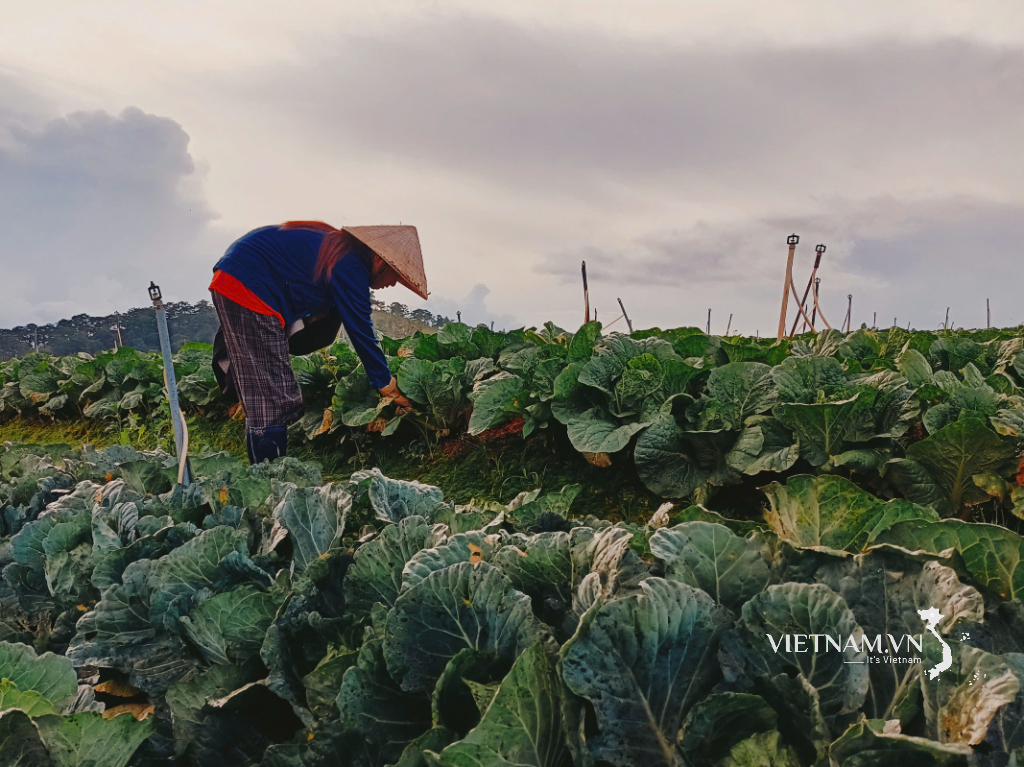In the 16th century, when the first sails of Portuguese, Chinese and Japanese merchants fluttered on the waves of Central Vietnam, Hoi An soon became a bustling gateway to the world . This ancient trading port was not only a place for exchanging goods, but also a convergence point of cultures, industries and maritime knowledge from all over the world. Decoding the ancient maritime route that once connected Hoi An with the world is a journey back to the golden age of Southeast Asian maritime trade, when Vietnam played the role of a bridge between East and West in the era of merchant ships going to sea.
From the 15th-16th centuries, along with the weakening of the trade routes on the continental Silk Road, Western maritime powers such as Portugal, the Netherlands and Spain began to reach Asia by sea. They passed through the Indian Ocean, around the Strait of Malacca and entered the East Sea - where an ideal stopping point appeared: Hoi An. Located on the lower reaches of the Thu Bon River, with Dai estuary and deep port, and in the middle of the maritime route connecting Japan - China - Southeast Asia - India, Hoi An became an important "transit station" for international traders. Ancient Portuguese records from the 16th century called this place "Faifo", a familiar destination for merchant ships carrying silk, ceramics, pepper, agarwood, gold, silver and iron and steel.

Hoi An trading port is considered a “Singapore of pre-modern Asia”. Photo: Quoc Le.
During its heyday in the 17th century, Hoi An trading port was considered a “Singapore of pre-modern Asia”. Japanese merchants called it “Hoi An port”, establishing their own neighborhood with dozens of traditional wooden houses, the famous Japanese bridge and bustling trading posts. At the same time, the Chinese established the Minh Huong area, building Cantonese, Fujian and Chaozhou assembly halls, bringing their own architectural styles and festivals. Meanwhile, Portuguese and Dutch merchants also chose this place as a place to exchange goods, send letters and even set up warehouses. Documents recorded that Dutch ships of the East India Company once stopped at Hoi An to buy raw silk and sugar, while Japanese merchants brought pearls, copper, swords and luxury goods from Nagasaki.
The sea routes connecting Hoi An to the world were determined to stretch from the coast of Vietnam through Hainan Island, down the Strait of Malacca, to the Indian port of Goa, and then further to the Middle East and Europe. It was also thanks to this route that Dai Viet goods first appeared in the warehouses of Lisbon or Amsterdam. From Hoi An, Chu Dau ceramics and silk were packed in wooden crates and exported to Japan, while silver, sulfur, and iron from Japan arrived at Faifo port to be distributed throughout the Indochina continent. It was this international trade that made Hoi An an important “knot” in the first global trade network of mankind – a network that historians call “early globalization”.

Hoi An remains a living testament to a time when Vietnam contributed to the formation of a globalized world early in human history. Photo: Quoc Le.
Not only did this ancient maritime route have economic significance, it was also a way to spread culture and knowledge. Along with goods, Hoi An people at that time adopted Japanese wooden architecture, Chinese ceramic techniques, and Portuguese trading styles - elements that blended together to create the multi-layered Hoi An identity that visitors can still see today in every tiled roof, alley, and folk festival. Many researchers believe that it was this openness and "global" nature that helped Hoi An maintain its prosperity for more than two centuries, despite not being tied to the center of royal power.
However, in the 18th century, with the silting of Cua Dai and the emergence of Da Nang as a new military -commercial port, the international shipping route gradually moved away from Hoi An. The once bustling port town gradually quieted down, foreign ships no longer anchored as before, and Hoi An returned to being a peaceful town on the Thu Bon River. But it was this “sleep” that helped Hoi An preserve the intact appearance of a 17th-18th century trading port, and hundreds of years later, this place was honored by UNESCO as a World Cultural Heritage.
Today, “decoding” the ancient maritime route that once connected Hoi An is not only a story of underwater archaeology or ancient trade maps, but also a way to gain a deeper understanding of the spirit of exchange and integration that has flowed through the veins of the Vietnamese people for hundreds of years. On the rivers that once reflected the silhouettes of merchant ships from lands thousands of miles away, Hoi An is still a living testament to a period when Vietnam, with its strategic location and open vision, contributed to the formation of a globalized world early in human history.
Source: https://khoahocdoisong.vn/giai-ma-tuyen-hang-hai-co-tung-bien-hoi-an-thanh-cua-ngo-the-gioi-post2149067611.html



![[Photo] Prime Minister Pham Minh Chinh chairs a meeting on housing policy and the real estate market.](https://vphoto.vietnam.vn/thumb/1200x675/vietnam/resource/IMAGE/2025/11/11/1762838719858_dsc-2107-jpg.webp)
![[Photo] Chu Noodles - the essence of rice and sunshine](https://vphoto.vietnam.vn/thumb/1200x675/vietnam/resource/IMAGE/2025/11/11/1762846220477_ndo_tl_7-jpg.webp)





















































































![Dong Nai OCOP transformation: [Article 4] Reaching national standard products](https://vphoto.vietnam.vn/thumb/402x226/vietnam/resource/IMAGE/2025/11/11/1762825820379_4702-cac-san-pham-trai-cay-chung-nhan-ocop-nongnghiep-174649.jpeg)



![Dong Nai OCOP transition: [Article 3] Linking tourism with OCOP product consumption](https://vphoto.vietnam.vn/thumb/402x226/vietnam/resource/IMAGE/2025/11/10/1762739199309_1324-2740-7_n-162543_981.jpeg)






Comment (0)